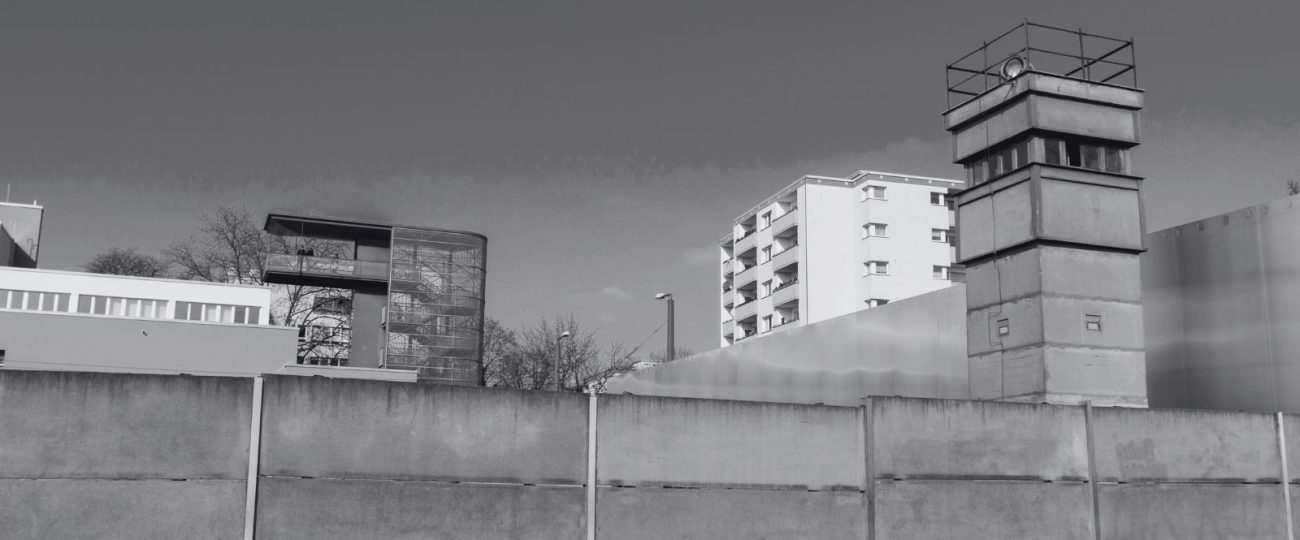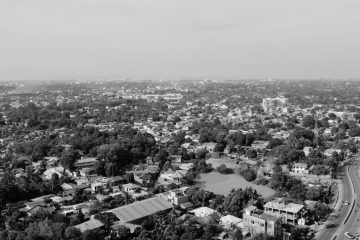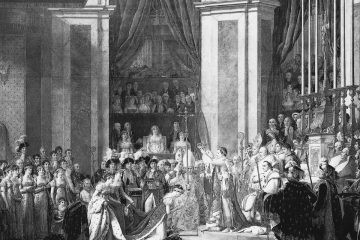What Happened On November 9th?
On November 9, 1989, Gunter Schabowski, a member of East Germany’s government, made a blunder during a press conference that set off an extraordinary chain of events. He mistakenly declared that travel restrictions between East and West Berlin had been lifted, effective immediately. The announcement spread like wildfire, and by that evening, crowds of East Berliners flocked to the border crossings, demanding to pass through. Faced with the sheer volume of people and lacking clear orders, the border guards reluctantly opened the gates. Thousands of East and West Berliners spilled into each other’s arms, reuniting after nearly three decades of separation.
As people celebrated, they took hammers, chisels, and anything they could find to break apart the Berlin Wall. Jubilant crowds chipped away at the concrete, reducing the once-daunting structure to rubble. The Wall, which had stood for almost 30 years as a barrier to freedom, collapsed under the weight of the people’s determination. That night, Berliners danced on top of the Wall, and pieces of it fell away in chunks, symbolic of the oppressive regime that had tried to control them.
Months of protests had led to this climactic moment. In cities like Leipzig, thousands gathered for weekly demonstrations, demanding more freedoms and the right to travel. By October, those protests swelled into mass movements of hundreds of thousands. The East German government, reeling from an economic crisis and the steady flow of citizens fleeing through Hungary, crumbled under the pressure. Schabowski’s fateful mistake only accelerated the inevitable.
The Berlin Wall, built in August 1961, served as a physical and ideological divide between East and West Berlin. The East German regime erected it to stop the mass exodus of its citizens, who fled in droves to the West in search of better opportunities. More than 4 million East Germans had already left by 1961, causing a brain drain that threatened the socialist state’s survival. The Wall sealed the border, but it couldn’t stop people’s desire for freedom.
Desperate for escape, many East Germans attempted daring crossings. In one instance, a group of escapees dug a tunnel under the Wall in 1964, smuggling 57 people to safety. Others, like two families in 1979, built a homemade hot air balloon and soared over the heavily guarded border to freedom. These dramatic escapes demonstrated the lengths people were willing to go to leave behind the oppressive regime of East Germany.
While Berliners celebrated their newfound freedom on the night of November 9th, the stark reality of life in East Berlin became clear. For decades, East Berlin had languished under strict government control, with crumbling infrastructure and shortages of essential goods. In contrast, West Berlin had thrived, becoming a hub of economic and cultural activity. The differences between the two sides of the city left many East Berliners both exhilarated and overwhelmed by the prospect of change.
The Stasi, East Germany’s feared secret police, had ruled the country with an iron fist, spying on millions of its citizens. After the Wall fell, East Germans stormed Stasi headquarters and discovered the extensive surveillance system that had infiltrated nearly every aspect of their lives. The files revealed that neighbors, colleagues, and even family members had reported on each other, leading to a culture of suspicion and fear that lasted for decades.
The fall of the Berlin Wall had ripple effects across Eastern Europe. Communist governments in Czechoslovakia, Poland, and Romania soon crumbled, as citizens emboldened by events in East Germany demanded their own freedoms. In many cases, the transition away from Communist rule came swiftly and without violence. The collapse of these regimes signaled the end of the Cold War order that had dominated global politics for decades.
Reunifying Berlin required enormous effort. East Berlin’s infrastructure, neglected for decades, had to be rebuilt from the ground up. West German taxpayers funded massive redevelopment projects to modernize roads, utilities, and public services in the East. The process of integrating two halves of a city that had been divided for 30 years proved challenging, but Berliners remained determined to restore their city.
While most of the Berlin Wall came down, several sections remain preserved as historical monuments. The East Side Gallery, a stretch of the Wall in Berlin, became an open-air exhibition of murals and graffiti. Artists from around the world painted on its remnants, turning it into a powerful visual statement against oppression and authoritarianism. Fragments of the Wall can also be found in cities across the world, reminders of the global significance of its fall.
The role Hungary played in accelerating the Wall’s collapse is often overlooked. Earlier in 1989, Hungary opened its border with Austria, creating a path for East Germans to escape. Thousands fled through this gap, weakening the East German government’s grip on its population. By the time the Wall fell in November, East Germany had already lost control of its borders. Hungary’s decision to open its doors helped make the Berlin Wall obsolete.
West German television broadcasts had reached into East Berlin for years before the Wall fell. These broadcasts provided East Berliners with a window into life in the West, highlighting the contrast between their own lives and the prosperity enjoyed just across the border. Younger generations, in particular, felt the pull of the West, as they grew up knowing that there was more to the world than what the East German regime allowed.





